How water gets to people living in towns
We obtain the water we use from three basic sources: groundwater, surface water and rainwater. Groundwater includes all water that is found underground within the rocks. Surface water means water in rivers, lakes, pools and ponds. Rainwater replenishes both groundwater and surface water, and can also be collected directly. These sources are discussed further in Study Session 3. For the purpose of this introductory study session, here is a brief summary.
Urban water sources
In urban areas, the water supply originates from one of the following basic sources:
- A spring (a point where groundwater emerges at the surface of the ground), from where the water can be piped to consumers. A spring may flow throughout the year or only at times.
- A well or borehole. These may supply individual residences or a large number of houses where the water is delivered through a network of pipes. In addition to this, institutions such as schools, health facilities, religious establishments, small commercial enterprises and industries may have their own water supply system from hand-dug or deep wells.
- Surface water from rivers and lakes, which may be abstracted directly or stored in a reservoir created by building a dam across a river. Abstraction means taking water from the source so that it can be used.
Springs and wells are considered improved sources of water if they are constructed and used in such a way that they adequately protect the water from contamination, especially by faecal matter. Spring or well water is generally used with minimal or no treatment. Surface water is an unimproved source and will require some form of treatment before it is safe to use for drinking. In larger towns and cities, surface water is treated in a water treatment plant before being distributed to consumers. The term raw water is used to describe the water before it is treated. Figure 1.9 shows the plant at Legedadi that supplies water to residents of Addis Ababa. (You will learn about water treatment in Study Session 5.)
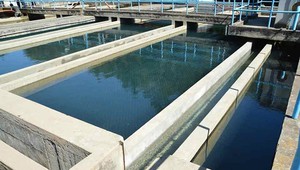
Figure 1.9 The drinking water treatment plant in Legedadi.
Delivering the water to consumers
In towns and cities with a water treatment plant, the treated water is taken to consumers through a network of pipes and reservoirs. Figure 1.10 is a diagram of a water distribution network of this type. (Water distribution networks are discussed in more detail in Study Session 8.)

Figure 1.10 A simple water distribution network.
From Figure 1.10 you can see that transmission mains convey the treated water from a treatment works to service reservoirs (Figure 1.11). These reservoirs balance the fluctuating demands of users against the steady output of the treatment works and also serve as a back-up supply should there be a breakdown at the plant.
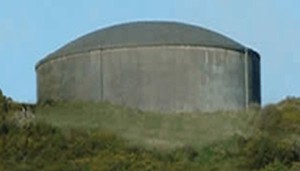
Figure 1.11 A concrete service reservoir in Janemeda, Addis Ababa.
Why do you think demand for water will fluctuate?
People generally use more water in the mornings and evenings when they are washing and cooking. Usage during the night while people are asleep will be much lower.
The capacity of the service reservoirs should be at least 36 hours of the water demand in the area they serve. The service reservoirs are usually made of concrete and often, for reasons of economy and appearance, are sunk wholly or partly below ground level. The reservoir needs to be positioned on high ground to provide an adequate flow by gravity to the distribution area, and to create sufficient pressure to raise the water to the top of buildings. In flat areas, water towers (Figure 1.12) may be used in place of service reservoirs. (A water tower is an elevated structure supporting a water tank. Water is pumped up into the tank, which is constructed at a height sufficient to pressurise the water supply system so that water can be distributed by gravity).
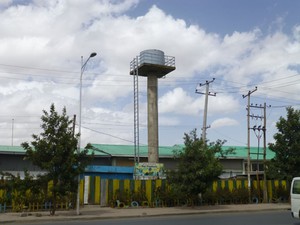
Figure 1.12 A water tower in Addis Ababa.
From the service reservoir, the water is taken by distribution mains to different areas. Distribution mains consist of a network of pipes of various sizes laid beneath the road, footpaths or verges. The water is taken to houses and other premises where water is needed. Here, the water goes to a tank in the roof-space or on the roof so that it is able to flow by gravity to all the taps in the establishment. The taps can be within a house or outside (Figures 1.13(a) and 1.13(b)). Sometimes water can be delivered by a tanker that pumps the water to the household’s water tank, or people collect water from the tanker using jerrycans. In urban areas, public water points are a very common water source for many people (Figure 1.13(c)).
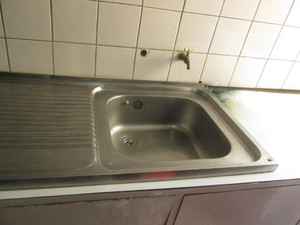
Figure 1.13(a) A tap inside a house.
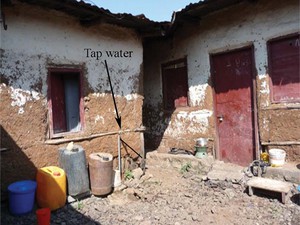
Figure 1.13(b) A tap located in a yard and shared by several households.

Figure 1.13(c) A public water point at Adi Sibhat, Tigray.
Continuity of supply is important so that people can be confident that water will be available when they need it. Where the supply of water is not continuous, many households have storage tanks to accumulate water for use when the supply is off. It is important to check the cleanliness of the storage tank regularly, and to clean and disinfect it as necessary.
In the case of seasonal discontinuity, users may be forced to obtain water from alternative sources, which are often of inferior quality and far away. As a consequence, the health of people will be put at risk by poor water quality and low quantity. In addition, considerable time and effort are spent on collecting water.
In many towns and cities in Ethiopia, if you turn on a water tap at any random time it is quite likely that you will not get any water. Why do you think this happens?
It may be because demand for water exceeds the supply available at that time. It can also happen due to a power failure or poor maintenance.